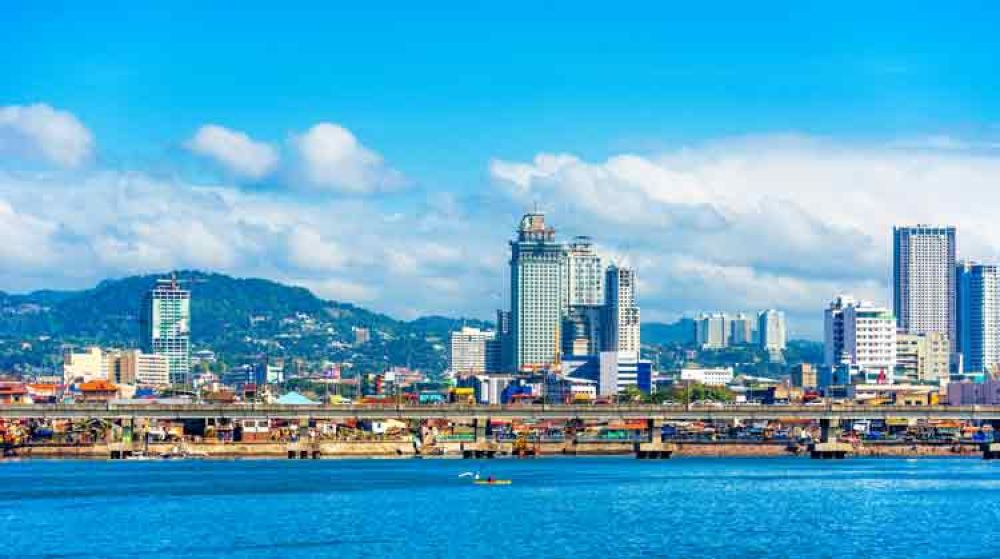

By Air: The main gateway to Cebu City is the Mactan-Cebu International Airport (MCIA), which is the second busiest airport in the Philippines. It is well-connected to domestic destinations as well as international cities in Asia, the Middle East, and some connecting flights from the US and Europe. Leading airlines serving MCIA include Philippine Airlines, Cebu Pacific, and AirAsia. On arrival, visitors can take a taxi, airport shuttle, or rent a car to reach downtown Cebu City.
By Sea: Cebu City has an active port, with ferry services linking to many other islands in the Philippines. Major ports of departure include Manila, Leyte, and Bohol. Companies like 2GO Travel and OceanJet offer regular ferry rides that could be a scenic alternative for getting to Cebu.
By Land: Once in Cebu, the city has an extensive network of buses, jeepneys, and taxis that can get you around the city and to nearby towns. For those who prefer driving, car rental services are available both at the airport and in the city. Be prepared for traffic during peak hours.
Cebu City offers a wide range of accommodations, from luxury resorts to budget-friendly hostels. For a luxurious stay, consider the Shangri-La's Mactan Resort & Spa or the Marco Polo Plaza Cebu. Mid-range options include Quest Hotel & Conference Center and Harolds Hotel. For travelers on a budget, Palazzo Pensionne and Sugbutel Family Hotel are good choices.
Fuente Osmeña Circle: A landmark park in the heart of Cebu City.
Magellan's Cross: A historical symbol of Christianity in the Philippines.
Santo Niño Basilica: Home of the oldest religious relic in the country.
Taoist Temple: A beautiful temple reflecting the city's Chinese heritage.
Fort San Pedro: The oldest fort in the Philippines, offering a glimpse into the Spanish colonial period.
Adventure seekers can enjoy canyoneering at Kawasan Falls, island hopping around Mactan, or diving with whale sharks in Oslob.
Transport: Riding a jeepney is a must-try experience for how locals travel, but be aware of your route.
Language: The local language is Cebuano, but English is widely understood and spoken.
Currency: The Philippine peso (PHP) is the local currency. Credit cards are accepted in many establishments, but having cash on hand is recommended, especially in smaller shops and rural areas.
Weather: The best time to visit is during the dry season from January to May. Remember to pack lightweight clothing and sunscreen.